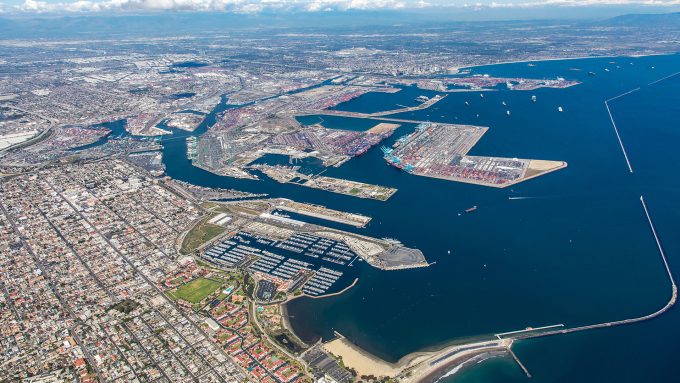Forwarders 'allowing the fox into the chicken run' by supporting 'hungry' carriers
Forwarders are “allowing the fox into the chicken run” by supporting carriers that also work ...

Matson and Ocean Alliance member containerships arriving at the heavily congested US west coast hub ports of Los Angeles and Long Beach are getting worked well ahead of their competitors, according to an Alphaliner survey.
Analysis by the consultant of the transit times of 62 import vessels, taken from the last Asian port of loading to berthing at LA and LB terminals during the two-week period from 5-19 November, ranged from a total transit of just 10 days to a colossal ...
Asia-USEC shippers to lose 42% capacity in a surge of blanked sailings
USTR fees will lead to 'complete destabilisation' of container shipping alliances
New USTR port fees threaten shipping and global supply chains, says Cosco
Outlook for container shipping 'more uncertain now than at the onset of Covid'
Transpac container service closures mount
DHL Express suspends non-de minimis B2C parcels to US consumers
Zim ordered to pay Samsung $3.7m for 'wrongful' D&D charges
Flexport lawsuit an 'undifferentiated mass of gibberish', claims Freightmate

Comment on this article